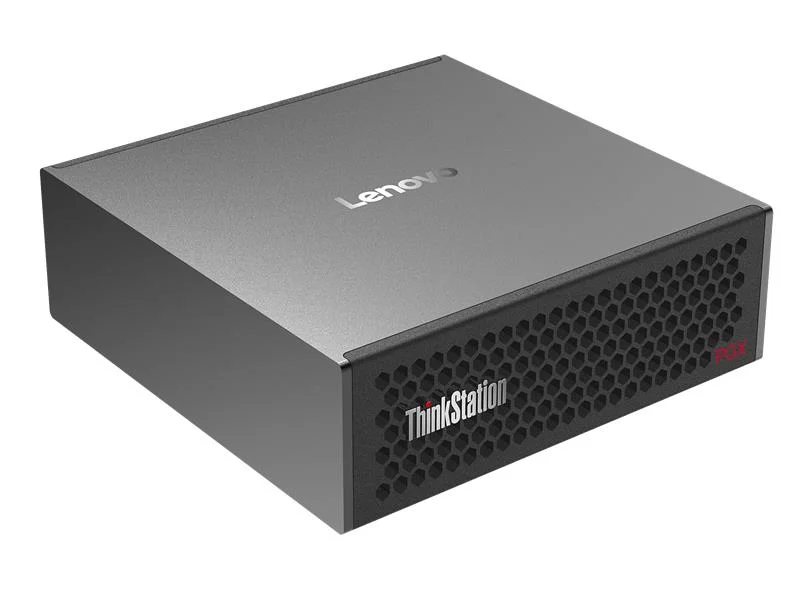
Lenovo Enters the AI Mini-Supercomputer Arena with ThinkStation PGX: A Compact Powerhouse for Developers
The race for AI dominance is heating up, and Lenovo is throwing its hat into the ring with the announcement of the ThinkStation PGX. This compact, personal AI developer workstation, powered by the NVIDIA GB10 Grace Blackwell Superchip, promises to bring significant AI capabilities to individual developers and small teams. But how does it stack up against competitors like NVIDIA's DGX Spark and offerings from ASUS and MSI?
ThinkStation PGX: A Deep Dive
Lenovo’s ThinkStation PGX is designed for AI researchers, data scientists, and application engineers who need a powerful, yet space-saving solution. Equipped with the NVIDIA GB10 Grace Blackwell Superchip, it delivers up to 1 PetaFLOP (1000 TOPS) of AI performance. This enables the PGX to handle large generative AI models of up to 200 billion parameters. Its 128 GB of coherent unified system memory is a major selling point, allowing developers to experiment and fine-tune the latest reasoning AI models.

The ThinkStation PGX comes preconfigured with the NVIDIA DGX OS and the NVIDIA AI software stack, including tools like PyTorch and Jupyter. This allows developers to instantly prototype, fine-tune, and deploy AI models from their desktop and seamlessly move them to the data center or cloud. Rob Herman, Vice President at Lenovo, emphasizes that this collaboration with NVIDIA empowers AI professionals to accelerate their AI workloads.
Competition and Alternatives
The ThinkStation PGX enters a market already populated by solutions like NVIDIA’s DGX Spark and the ASUS GX10 Mini-AI supercomputer. Some consider NVIDIA's DGX Spark to be a preview of what NVIDIA might offer in the consumer market with its upcoming N1(X) series. While pricing for the ThinkStation PGX hasn't been officially announced, speculation suggests it will be in the $3,000 to $4,000 range, similar to its competitors.
However, some experts, like Tiny Corp, suggest that users might be better off building a gaming PC instead. They criticize the PFLOP performance of the AI mini PC, claiming that it's pegged at FP4, which is less practical, delivering only 500 TFLOPS of performance at FP8. In contrast, the RTX 5090 GPUs can deliver substantially more performance at a higher price point.
Availability
The ThinkStation PGX is expected to be available in Q3 2025. While detailed specs are still scarce, more information is anticipated to be revealed at Computex next week.
Final Thoughts
Lenovo's ThinkStation PGX aims to democratize AI development by providing a compact and powerful workstation for researchers and developers. While it faces competition and scrutiny regarding its performance claims, the PGX represents an exciting step towards bringing AI capabilities to a wider audience. Will this compact AI powerhouse live up to the hype? What are your thoughts on dedicated AI workstations versus building your own solution? Leave your comments below!